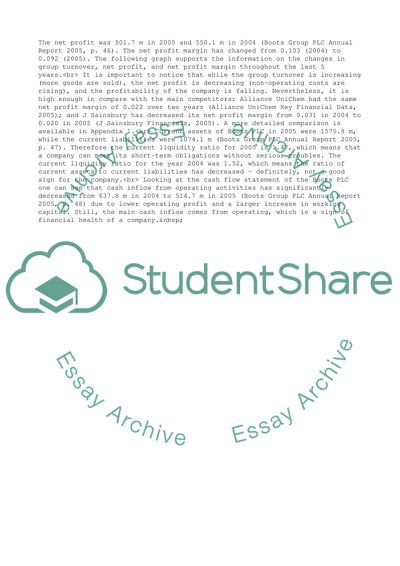Cite this document
(“Boots-PLC Financial Report Case Study Example | Topics and Well Written Essays - 2000 words”, n.d.)
Boots-PLC Financial Report Case Study Example | Topics and Well Written Essays - 2000 words. Retrieved from https://studentshare.org/business/1506605-boots-plc-financial-report
Boots-PLC Financial Report Case Study Example | Topics and Well Written Essays - 2000 words. Retrieved from https://studentshare.org/business/1506605-boots-plc-financial-report
(Boots-PLC Financial Report Case Study Example | Topics and Well Written Essays - 2000 Words)
Boots-PLC Financial Report Case Study Example | Topics and Well Written Essays - 2000 Words. https://studentshare.org/business/1506605-boots-plc-financial-report.
Boots-PLC Financial Report Case Study Example | Topics and Well Written Essays - 2000 Words. https://studentshare.org/business/1506605-boots-plc-financial-report.
“Boots-PLC Financial Report Case Study Example | Topics and Well Written Essays - 2000 Words”, n.d. https://studentshare.org/business/1506605-boots-plc-financial-report.


